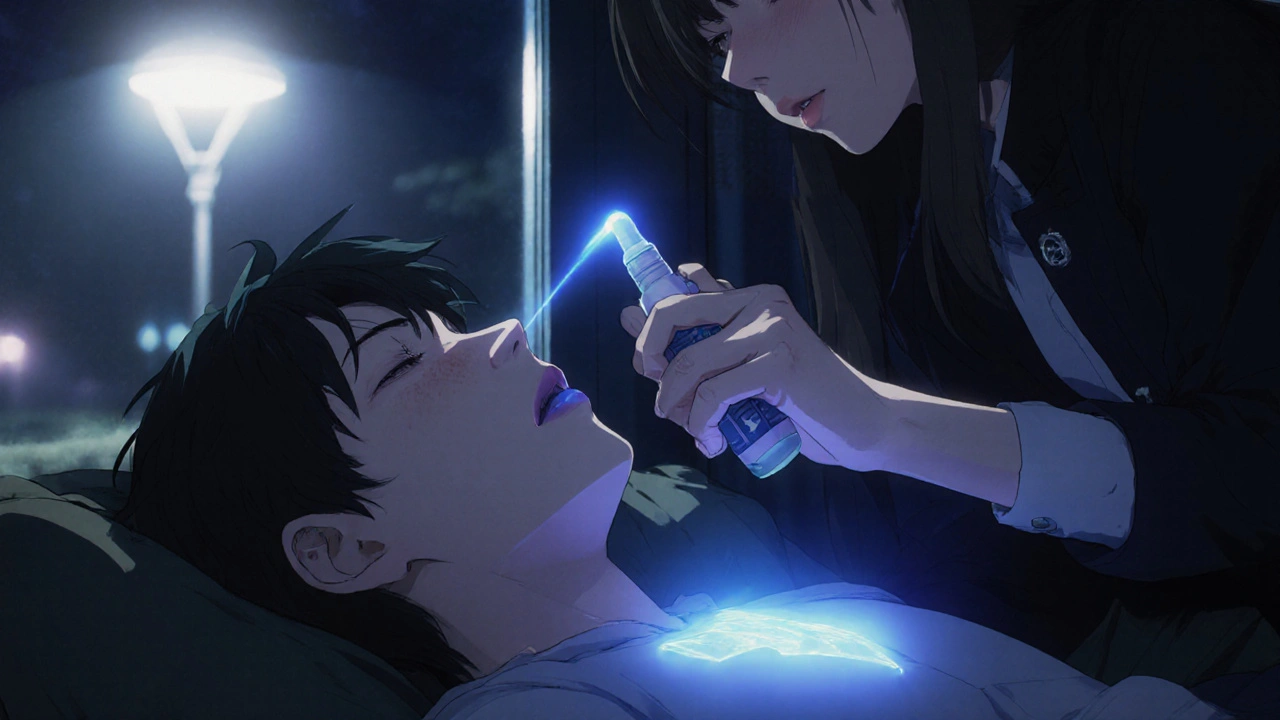When someone overdoses on opioids, every second counts. naloxone, a medication that rapidly reverses opioid overdose by blocking opioid receptors in the brain. Also known as Narcan, it’s not a cure—it’s a rescue tool that buys time until emergency help arrives. It doesn’t work on alcohol, benzodiazepines, or stimulants. But for heroin, fentanyl, oxycodone, or any opioid, it can bring someone back from the edge.
Naloxone use is simple: it comes as a nasal spray or injection, and even someone with no medical training can use it. The nasal spray goes into one nostril—no need to insert it deep. No special skills, no needles required. That’s why pharmacies, schools, police cars, and even friends carry it. The naloxone use guidelines from the CDC and WHO agree: if you suspect an overdose, give naloxone. Don’t wait. Don’t fear. Don’t assume it’s not real. Fentanyl is so strong that sometimes one dose of naloxone isn’t enough—you might need to give a second dose after 2-3 minutes.
It’s not a substitute for emergency care. After giving naloxone, you still have to call 911. The effects of naloxone wear off in 30 to 90 minutes, but many opioids last longer. That means the person could slip back into overdose. That’s why monitoring them is critical. Also, naloxone can cause sudden withdrawal—sweating, nausea, agitation. It’s not dangerous, but it’s scary. Tell the person what’s happening. Reassure them. Stay with them.
People who use opioids, their family members, coworkers in high-risk jobs, and even bystanders in places like parks or public transit should know about naloxone use. It’s not just for addicts. It’s for anyone who might be near someone who takes prescription painkillers or uses street drugs. Overdoses happen quietly. Someone might be alone. They might be sleeping. They might not respond when you shake them. That’s when naloxone matters.
There’s no magic trick to prevent overdoses. But having naloxone nearby, knowing how to use it, and acting fast changes outcomes. In cities where naloxone is handed out freely, overdose deaths have dropped by up to 40%. It’s not a policy win—it’s a human one. You don’t need to be a doctor to save a life. You just need to know where to find it and how to use it.
Below, you’ll find real stories, clear instructions, and answers to the most common questions about naloxone use—from how to store it in your car to what to do if someone doesn’t wake up after the first spray. These aren’t theory pieces. They’re practical guides from people who’ve been there.
